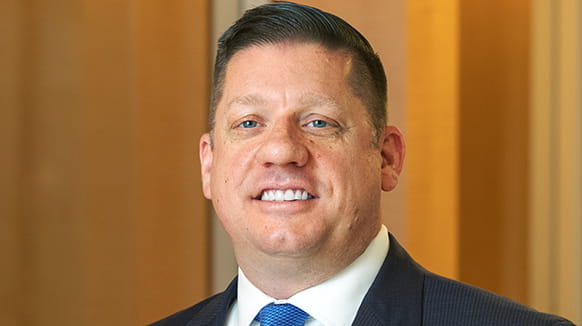The USPTO recently issued inventorship guidance for inventions assisted by artificial intelligence (AI). The guidance explains that “AI-assisted inventions are not categorically unpatentable.” However, a natural person must have provided a “significant contribution” to the invention for it to be patentable. The inventorship inquiry thus focuses on “human contributions, as patents function incentivize and reward human ingenuity.”
The USPTO’s guidance is influenced by Thaler v. Vidal, 43 F.4th 1207 (Fed. Cir. 2022), where the US Court of Appeals for the Federal Circuit upheld the USPTO’s denial of petitions to name an AI system as an inventor on two patent applications. The court held that “only a natural person can be an inventor, so AI cannot be.” Consistent with Thaler, the guidance provides that an inventor or joint inventor “must be a natural person.” In Thaler, the Federal Circuit did not address whether an inventor can be said to have significantly contributed to an invention by using an AI system. Rather, the court addressed the limited question of whether an AI system alone may be an inventor.
Determining whether there is a “significant contribution” by a natural person
When there are two or more natural persons as inventors, each person must have made a “significant contribution” to the claimed invention to be named as an inventor. In Pannu v. Iolab Corp., 155 F.3d 1344, 1351 (Fed. Cir. 1998), the court explained that to qualify as an inventor or joint-inventor, a natural person must satisfy each of the following three requirements:
- contribute in some significant manner to the conception or reduction to practice of the invention,
- contribute to the claimed invention that is not insignificant in quality, when that contribution is measured against the dimension of the full invention, and
- do more than merely explain the real inventor’s well-known concepts and/or the current state of the art.
In the context of AI-assisted inventions, each claim of an application or patent must have been invented by at least one natural person to establish proper inventorship in compliance with the Pannu test.

